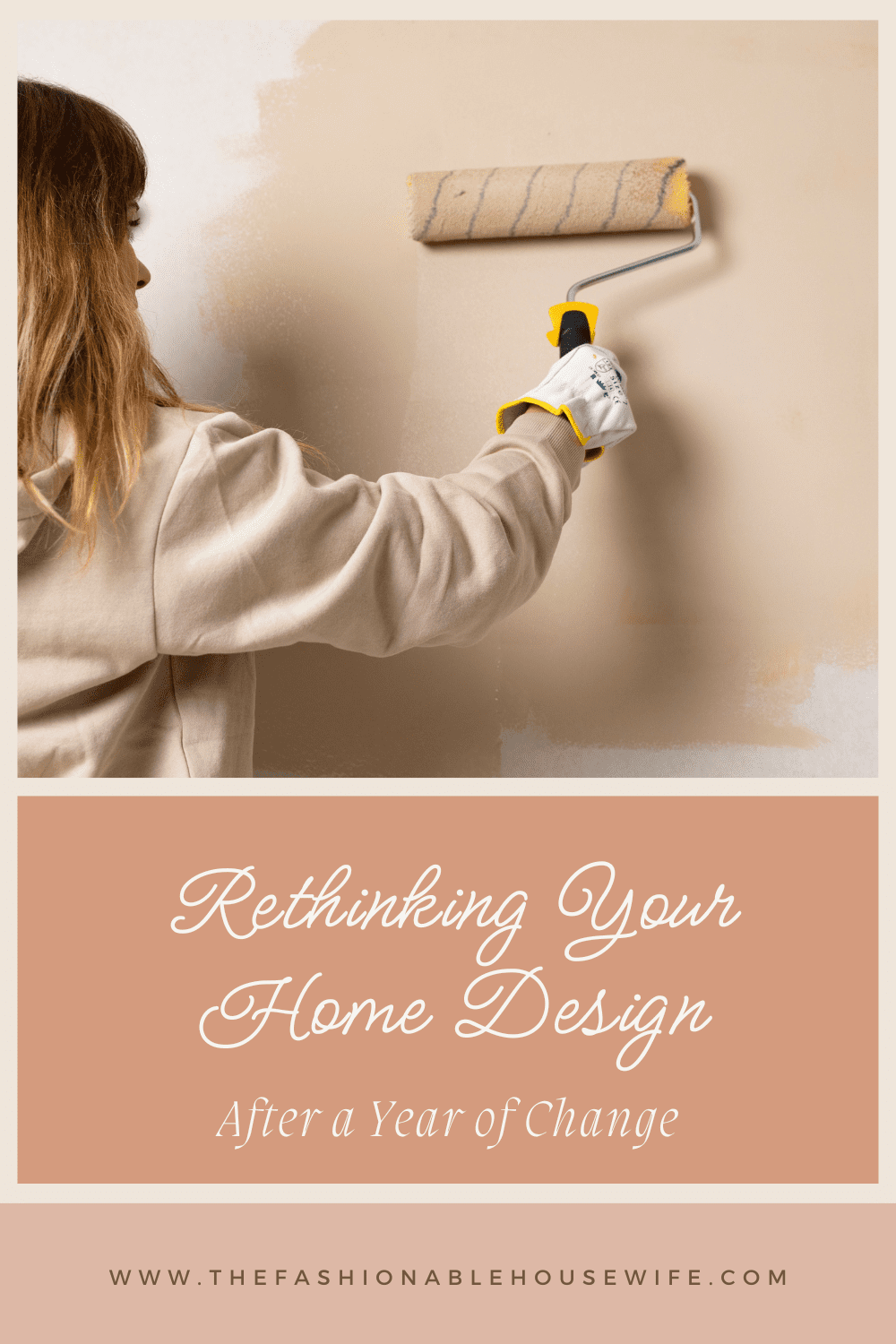Rethinking Home Design After a Year of Change

Following a year of surprise turns and shared struggles, homes have meant more. They’ve been offices, classrooms, sanctuaries, and all else. Rethinking your home design and renovating no longer feels like a privilege and more of a requirement—a chance to design spaces that truly prioritize what’s essential.
Changing Priorities in the Way Spaces Feel and Function
More time at home has uncovered the manner in which small things define daily life. Functionality and comfort have moved to the top of wish lists, with most wanting more flexible arrangements and snuggle-up areas. What were previously open floor plans can now become cacophonous and disorganized. Rather, considerate separation of space—with quiet room for work or rest—has become the goal.
Others are incorporating brighter colors, bold pieces of furniture, and natural materials that induce a feeling of relaxation and integrity in rooms. “Home” isn’t just about looks anymore; it’s about how every room affects emotional well-being.
Rethinking Your Home Design with Flexibility in Mind
Maybe the biggest lesson of the last year has been flexibility. Furniture that is easily moved, rooms that are adaptable and change from office to play space to guest room—everything helps make a house feel more resilient. Multi-purpose pieces of furniture like storage benches, nesting tables, and fold-down desks are becoming the standard in homes today.
The inclusion of zones in larger rooms also increases the use of spaces for different purposes. Decorative elements like area rugs to mark a work space, or curtains to divide a reading space, open houses but organize them.
Considering the Unexpected
It has also been shown in recent years how important it is to build houses that can handle surprises. With the frequency of natural catastrophes in Australia still on the rise, material durability and design have been in the spotlight. Homeowners are choosing durability and security as well as aesthetics—flame-resistant cladding, storm-resistant windows, and flood-resistant landscaping. It is a reminder that function and beauty do not have to be mutually exclusive.
Built or rebuilt with forethought, homes are now more capable of handling both literal and figurative storms.
When a Fresh Start Makes Sense
For others, reconsidering home design is coming to the realization that the home itself simply no longer accommodates changing needs. Families have expanded, lifestyles have shifted, and priorities have shifted. For these individuals, knock down rebuild homes provide a compelling alternative. Beginning anew provides the opportunity to build a home that actually works for contemporary life—without sacrificing location. It provides the opportunity to design energy-efficient, functional floor plans that accommodate today’s needs without leaving one foot in a comfortable community behind.
Little Changes with a Large Impact
Even if not renovated, some tweaks can make a huge difference in how a house feels. Some of these tweaks are:
- Including leafy greens with houseplants for a soothing atmosphere
- Substituting stark lighting with calming, tiered alternatives
- Incorporating natural textures like wood, linen, and stone
- Planning intentional spaces for work, play, and rest
These small adjustments make the home feel more considerate and responsive to current conditions. It’s not perfection—it’s having a home that is healthy, adaptable, and a reflection of the occupant who is there today.
Moving Forward with Relevance
The last year has changed how home is viewed. It’s no longer merely a setting for life—it’s the star of everyday moments. By subtly adjusting or fully renovating the design, rethinking is a way to meet change with love. After all, home is where you should feel most comfortable, resilient, and happy, regardless of what comes next.

